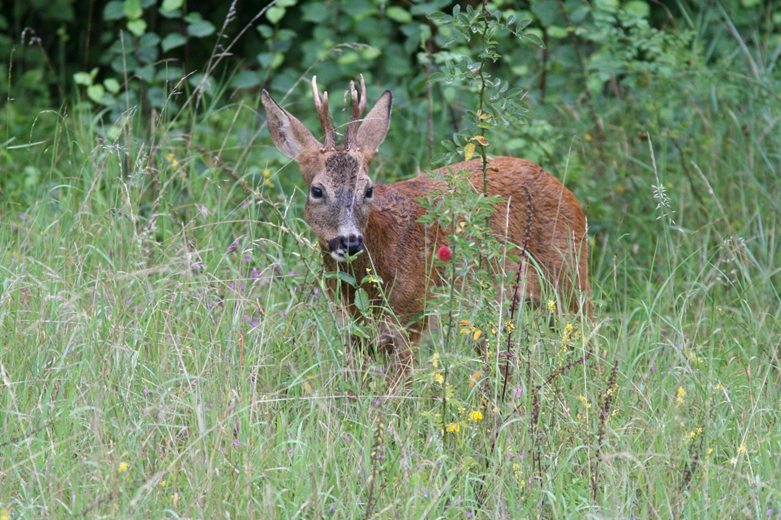Integrative research for invasive alien plant management: Crossing disciplinary and societal boundaries
Biological invasions are a major threat to already complex social-ecological systems and require the integration of knowledge from various disciplines and stakeholders. Accordingly, there have been strong calls for integrated approaches to developing solutions that address the threat.




